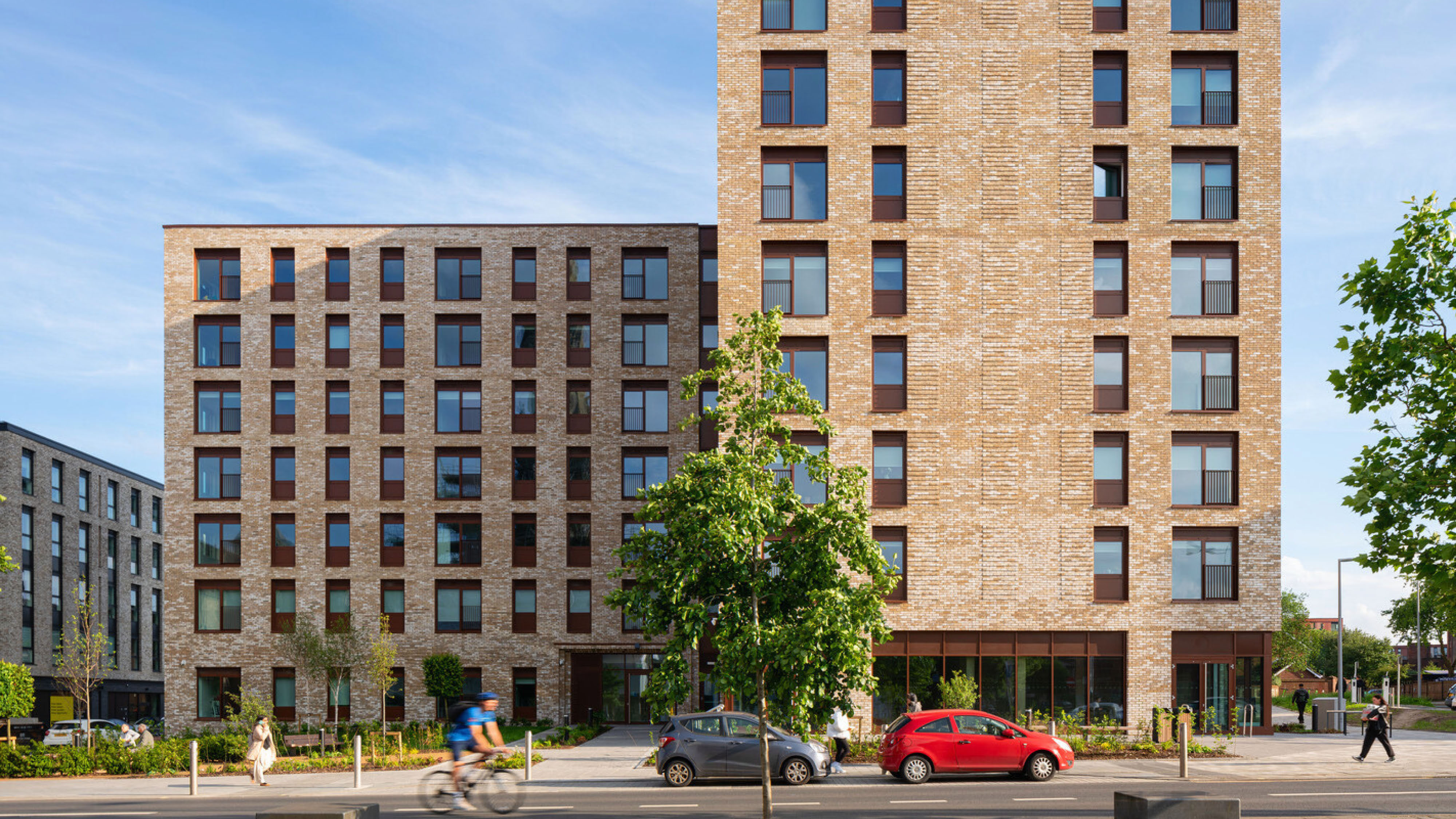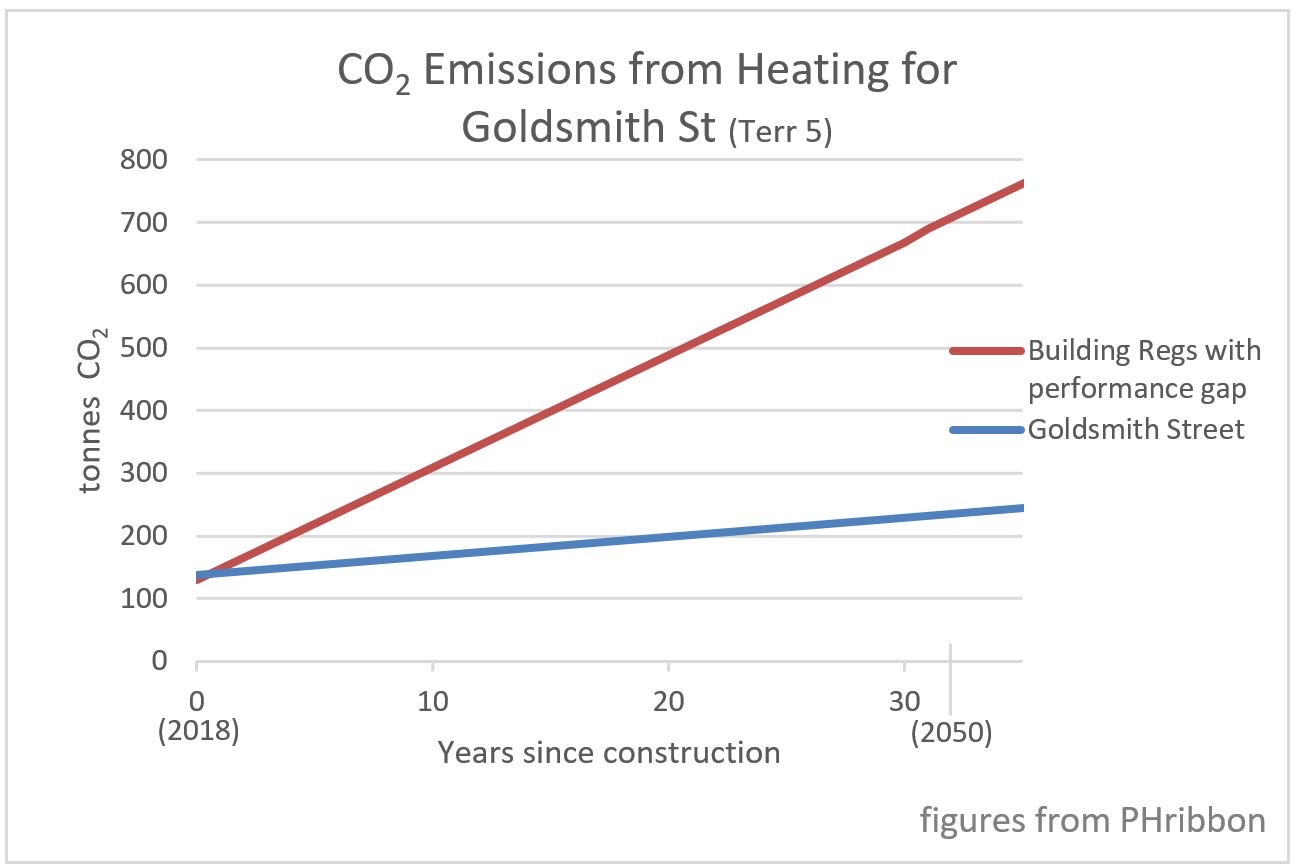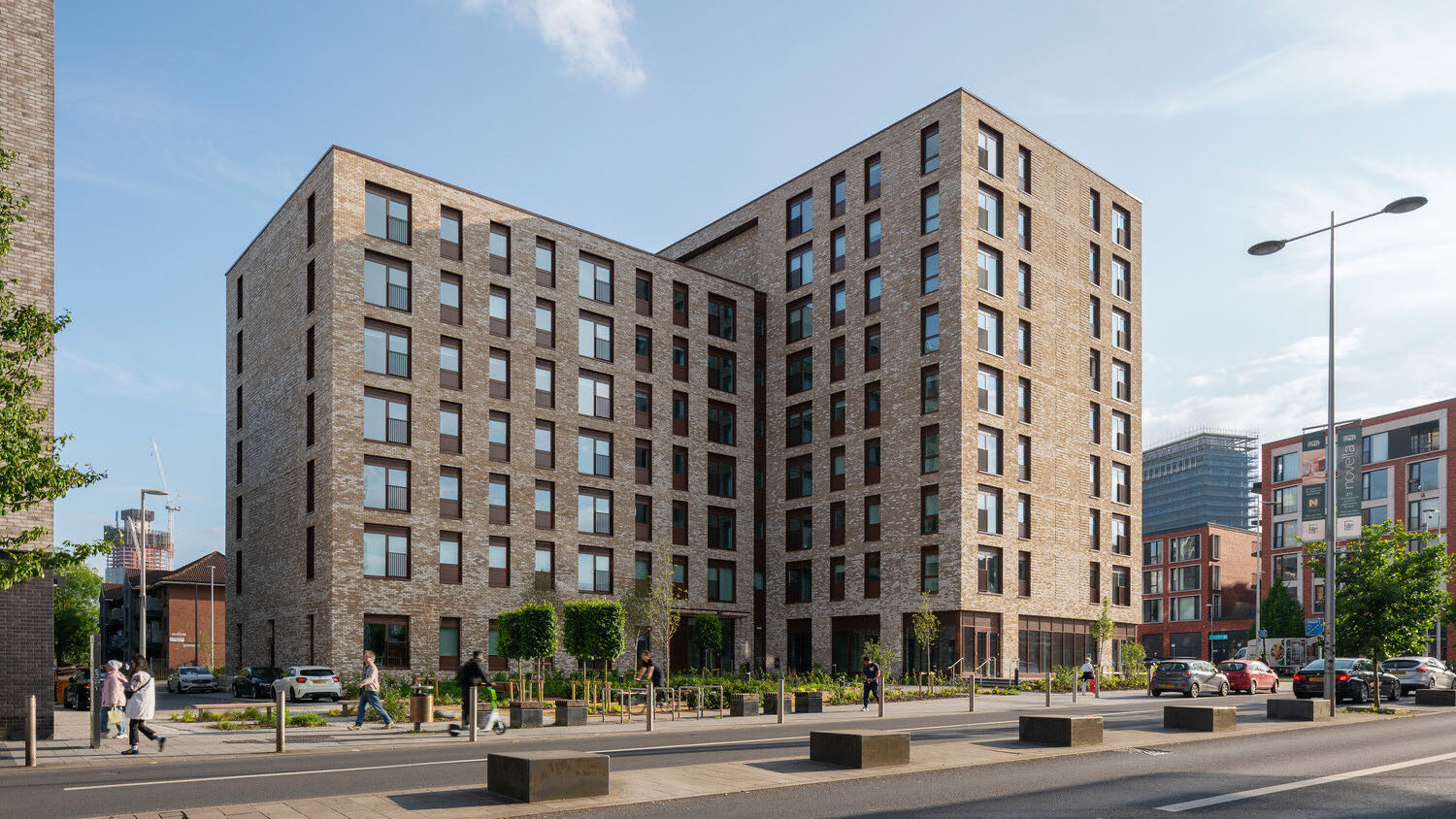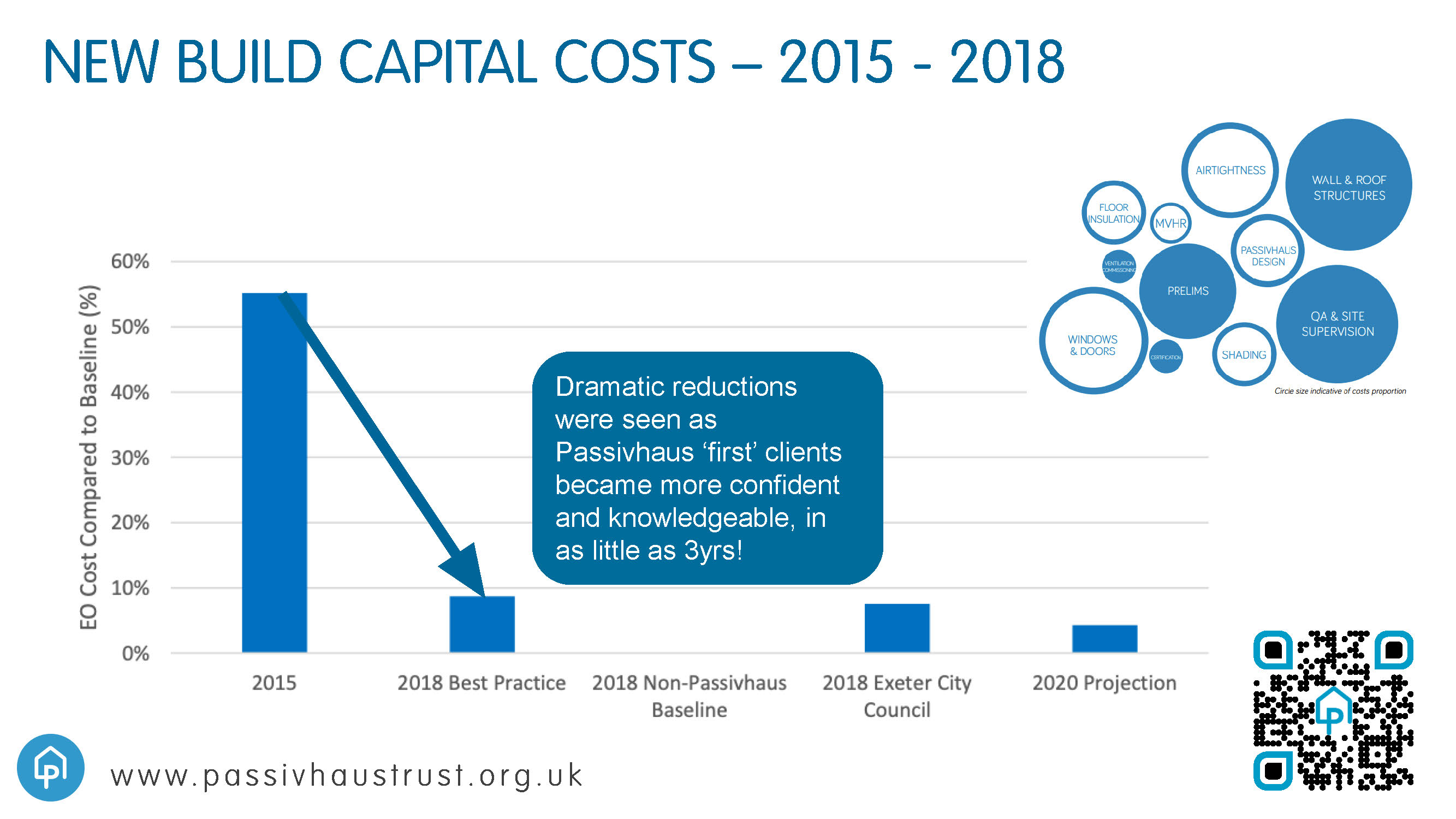Get updates from The Developer straight to your inbox Yes, please!
Passivhaus social housing: “They don't have to choose between heating and eating”
The health and economic benefits of Passivhaus make it worth the increase in quality control and investment, experts say, while cost of building the standard has decreased significantly, writes Kimberley France

Publishing and Events Assistant,
The Developer and Festival of Place
The health and economic benefits of building social housing to Passivhaus standard make it worth the additional investment in time, cost and upskilling, say experts. In addition, the cost of building to the standard is decreasing rapidly.
Speaking at the Festival of Place Bytesize event on 7 October, the session – Making the case for high-quality social housing and Passivhaus – brought together Glenn Martin, Director of Investment, Development and Sustainability, Salix Homes; Yogini Patel, Head of Campaigns and Communications, Passivhaus Trust; James Turner, Associate Director, Mikhail Riches and Simon Hourihan, Project Director, Muse.
Across the panel, there is a shared view that building social and affordable housing to Passivhaus standard is a trusted way of ensuring quality control on site and de-risking investment into the homes for the longterm by making them healthier and cheaper to heat and cool.
“They (customers) don’t have to choose between heating and eating so they’re less stressed out mentally and physically,” says Patel, speaking on behalf of the Passivhaus Trust. “They’ve got a better fuel security and they’re also spending money back into the economy.”
Patel also notes that Passivhaus housing reduces rent arrears and void periods, which benefits the owners and de-risks the investment while also supporting residents.
Turner, who has undertaken post-occupancy surveys of their Passivhaus projects, says they’ve discovered other health benefits – including people being more likely to walk or cycle. “We found out from residents that people have reduced their medications because they’re not having to deal with damp that they would have in previous properties […] so there is this kind of broader benefit to residents in living in a Passivhaus.”

Martin, Director of Investment, Development and Sustainability with Salix Homes, also stresses the multiple benefits of building to Passivhaus standard as a way to “maximise the benefits of new homes that are also long-term sustainable.”
The Greenhaus project, developed by Muse for Salix Homes, includes 96 Passivhaus social homes that are expected to use up to 70-90% less energy than regular housing.
Hourihan, the project director at Muse, says building to the standard has cost approximately 10% more and six more weeks on site – primarily due to investment in triple-glazing and better white goods, while the longer time on site was due to supply chain and a contractor learning curve. A project like this currently takes longer than typical developments due to needing “a greater number of supply chain members that understand the products and how to do it and subcontractors that can manage the risk moving forward.”
Hourihan says that they completed a very detailed stage two design review to address thermal bridging throughout the design: “That’s a really good example of something that wasn’t that difficult but had a significant impact on the design standard.” Early engagement with the supply chain is critical to minimise costs. “We needed to engage with the supply chain really early to make sure that we could get products within the time scales required.”
Testing also takes time. “You’ve got to have that rigorous process of air testing as you go, so you can catch things before it becomes too late.” says Turner, who led the award-winning Passivhaus social housing in Goldsmith Street.
Greenhaus was also tested throughout construction, pausing to ensure one floor passed the air tightness test before moving onto the next.
Asked about the benefits of full certification with Passivhaus, the ability to write the standard into contracts and “lock in quality control” was seen as a benefit.
“The client had this amazing position where they were able to basically say ‘look it’s in the contract that you are going to deliver to Passivhaus.’ It kind of gave the contract a very little wiggle room because it was absolute,” says Turner.

“I think in terms of us going forward about how we can utilise the sustainable credentials on Passivhaus schemes for both lenders and for values is something that we need to we need to progress with,” Martin notes.
“My low gas bill this year, means that my children will get Christmas presents this year and, if it carries on like this, we might be able to have a family holiday” – Resident feedback, Passivhaus Trust
As for additional costs, the price of going Passivhaus is decreasing: “It was a lot more expensive to deliver a Passivhaus but that has come down significantly, even in as little as 3 years. They’re using the lessons learnt on the next project and the next project. It means that that learning curve comes down quite quickly,” Patel says.
Patel cites research by the Passivhaus Trust which shows achieving the standard costs 8% more than building to regulations. However Exeter City Council says their Passivhaus projects are actually coming in 4% cheaper than building regulations.
Even where Passivhaus costs more, Turner believes the standard represents good value when compared to the cost of a future retrofit or obsolescence. “It’s an absolute no-brainer from a client’s point of view to go for certification,” adds Turner. “It’s a quality assurance process where you know what performance you’re getting at the end.”
You can watch back the Bytesize session above or view the following slide presentations:
Sign up to our newsletter
Get updates from The Developer straight to your inbox
Thanks to our organisation members
© Festival of Place - Tweak Ltd., 124 City Road, London, EC1V 2NX. Tel: 020 3326 7238


!["We had an exceptionally strong relationship between client contract and end user so [...] problems were dealt with collaboratively," Says Simon Hourihan, on the Greenhaus Team "We had an exceptionally strong relationship between client contract and end user so [...] problems were dealt with collaboratively," Says Simon Hourihan, on the Greenhaus Team](/AcuCustom/Sitename/DAM/150/3_Greenhaus_Team.jpg)
